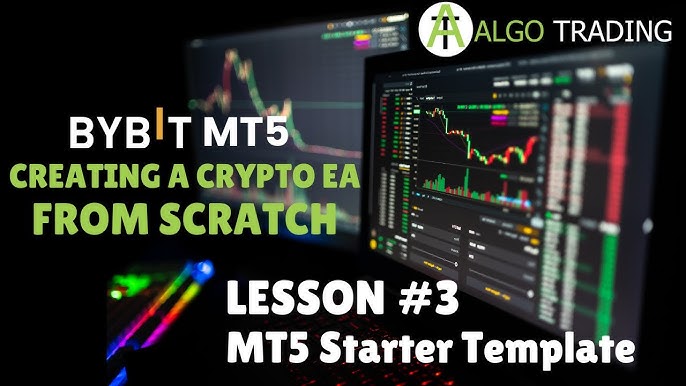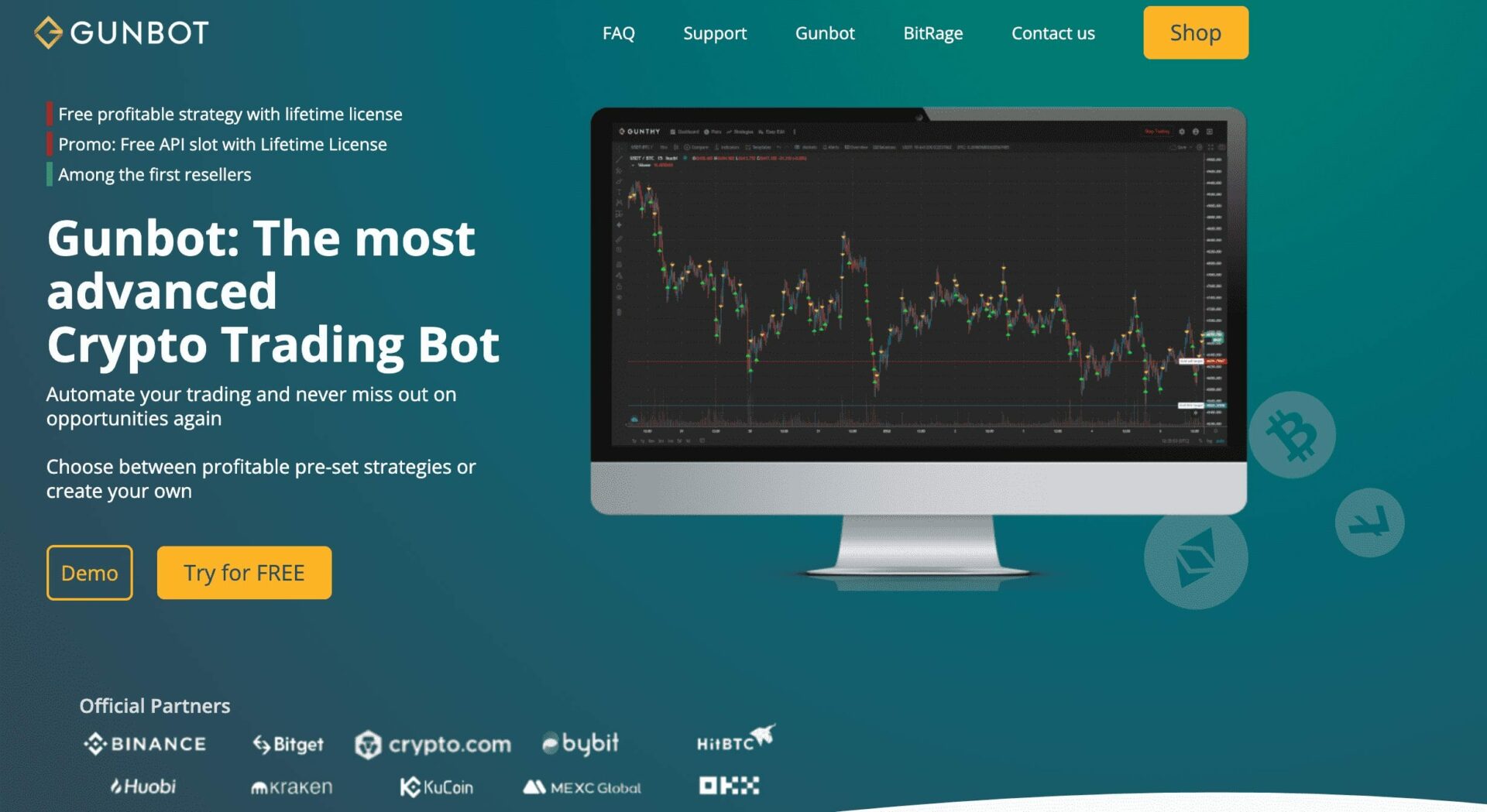Did you know that some day trading bots can execute trades faster than you can say "market volatility"? In this article, we dive into the fascinating world of day trading bots. We'll explore what they are, how they execute trades, and the algorithms powering their decisions. You’ll learn about their ability to analyze market trends, the advantages and risks they carry, and how to choose the right bot for your trading style. Plus, we’ll discuss customization options, integration with trading platforms, and the associated costs. Whether you’re a beginner or an experienced trader, understanding these tools can enhance your trading strategy. Join us at DayTradingBusiness as we uncover how to set up and effectively use day trading bots while considering the legal aspects involved.
What are day trading bots?
Day trading bots are automated software programs that execute trades on behalf of a trader based on predefined strategies. They analyze market data in real-time, identify trading opportunities, and place buy or sell orders without human intervention. These bots use algorithms to assess price movements, volume, and other indicators, aiming to capitalize on short-term price fluctuations. By operating 24/7, day trading bots can react quickly to market changes, allowing traders to potentially maximize profits while minimizing risks.
How do day trading bots execute trades?
Day trading bots execute trades by using algorithms to analyze market data and identify trading opportunities. They monitor price movements, volume, and indicators in real-time. Once a trading signal meets predefined criteria, the bot automatically places buy or sell orders on behalf of the trader. Bots can operate on various strategies, such as arbitrage, trend following, or scalping, ensuring quick execution to capitalize on market fluctuations.
What algorithms do day trading bots use?
Day trading bots typically use algorithms based on technical analysis, including moving averages, momentum indicators, and trend-following strategies. They may also employ machine learning models to analyze historical price data and identify patterns. Other common algorithms include arbitrage strategies, market-making techniques, and sentiment analysis from news or social media. These bots execute trades automatically based on predefined criteria and real-time market data.
Can day trading bots analyze market trends?
Yes, day trading bots can analyze market trends. They use algorithms to process vast amounts of data, identify patterns, and execute trades based on established strategies. By monitoring price movements, volume, and other indicators, these bots can make quick decisions to capitalize on short-term market fluctuations.
How do you choose the best day trading bot?
To choose the best day trading bot, consider the following factors:
1. Performance History: Look for bots with a proven track record of profitability over time.
2. Strategy Type: Ensure the bot uses a trading strategy that aligns with your risk tolerance and market preferences.
3. Customization: Choose a bot that allows you to adjust settings and strategies based on your trading style.
4. User Reviews: Check reviews from other traders to gauge reliability and effectiveness.
5. Fees: Be aware of any subscription or trading fees that could impact your profits.
6. Customer Support: Opt for bots that offer robust customer support in case you encounter issues.
7. Security: Ensure the bot has strong security measures to protect your funds and data.
Evaluate these aspects to find a day trading bot that fits your needs.
Are day trading bots suitable for beginners?

Day trading bots can be suitable for beginners, but they come with risks. They automate trading strategies, allowing users to execute trades based on set parameters. While they can save time and reduce emotional trading, beginners may struggle with understanding how to configure them effectively. It's crucial to research and choose a reliable bot, as poor performance can lead to losses. Starting with a demo account can help beginners gain experience without real financial risk.
What are the advantages of using day trading bots?
Day trading bots offer several advantages:
1. Speed: Bots execute trades faster than humans, capitalizing on market opportunities instantly.
2. Emotionless Trading: They remove emotional decision-making, which can lead to more rational trades.
3. 24/7 Operation: Bots can operate around the clock, allowing traders to take advantage of market fluctuations without needing constant attention.
4. Backtesting: They can analyze historical data to refine strategies before implementing them in real-time.
5. Diversification: Bots can manage multiple trades across various assets simultaneously, spreading risk more effectively.
These features make day trading bots a powerful tool for traders looking to enhance their strategies.
What are the risks associated with day trading bots?
Day trading bots automate buying and selling assets based on algorithms. Risks include:
1. Market Volatility: Bots may react too slowly or incorrectly during sudden price changes, leading to significant losses.
2. Technical Failures: Software bugs or connectivity issues can cause missed trades or execution errors.
3. Over-Optimization: Bots might perform well on historical data but fail in real-time markets due to overfitting strategies.
4. Lack of Human Oversight: Bots can make poor decisions without human intervention, especially in unforeseen market conditions.
5. Regulatory Risks: Trading bots may inadvertently violate trading regulations, leading to penalties.
6. High Fees: Frequent trading can rack up commissions, diminishing overall profits.
Understanding these risks is crucial for anyone considering using day trading bots.
How do day trading bots manage risk?
Day trading bots manage risk through several strategies. They use stop-loss orders to limit potential losses, automatically selling assets when they reach a predetermined price. Bots also employ position sizing algorithms to determine how much capital to allocate per trade based on risk tolerance. They analyze market volatility to adjust trading strategies dynamically, reducing exposure during high-risk periods. Additionally, they often backtest strategies against historical data to refine their effectiveness and enhance risk management.
Can day trading bots be customized?

Yes, day trading bots can be customized. Most platforms allow you to adjust parameters like trading strategies, risk management settings, and indicators based on your preferences. You can tailor them to your trading style, whether it's scalping, momentum trading, or another strategy. This customization helps optimize performance according to market conditions and personal risk tolerance.
How do day trading bots integrate with trading platforms?
Day trading bots integrate with trading platforms through APIs (Application Programming Interfaces). They connect to the platform by using the API to access real-time market data, execute trades, and manage orders automatically. Users typically configure the bot's trading strategies, which the bot then follows based on predefined criteria. This automation allows for quick reactions to market changes without manual intervention, enhancing trading efficiency.
Learn about How to Integrate AI with My Day Trading Platform?
What is the cost of using day trading bots?
The cost of using day trading bots varies widely. You can find free bots, but they often come with limited features. Paid options typically range from $20 to several hundred dollars per month, depending on the bot's capabilities, strategy, and performance. Additionally, some platforms charge a percentage of profits or require a one-time purchase fee. Always consider the bot's track record and any associated trading fees.
Learn about What Are the Risks of Using Day Trading Bots?
How effective are day trading bots in volatile markets?
Day trading bots can be quite effective in volatile markets due to their speed and ability to analyze data rapidly. They execute trades based on predefined algorithms, allowing them to capitalize on price fluctuations quickly. However, their effectiveness depends on the quality of the algorithms, market conditions, and risk management strategies. In highly volatile environments, bots can either generate significant profits or incur substantial losses. They require continuous monitoring and adjustment to adapt to sudden market changes.
Learn about How to Backtest Day Trading Bots Effectively?
What strategies do day trading bots typically use?
Day trading bots typically use strategies like trend following, mean reversion, arbitrage, market making, and news-based trading. They analyze price patterns, identify market trends, and execute trades automatically to capitalize on short-term price movements. Many bots employ algorithms to assess historical data and real-time market conditions, enabling swift decision-making. Additionally, some bots use machine learning to adapt and optimize their strategies based on ongoing performance.
Learn about What Data Do Day Trading Bots Use?
How do you set up a day trading bot?
To set up a day trading bot, follow these steps:
1. Choose a Trading Platform: Select a platform that supports automated trading, like MetaTrader or Binance.
2. Select or Build a Bot: You can either use a pre-built bot or create your own using programming languages like Python.
3. Define Your Strategy: Specify your trading strategy, including entry and exit points, risk management, and indicators.
4. Backtest the Bot: Use historical data to test your bot’s performance and refine your strategy.
5. Set Up API Access: Obtain API keys from your trading platform to allow your bot to execute trades.
6. Launch the Bot: Start the bot in a demo account to monitor its performance without risking real money.
7. Monitor and Optimize: Regularly check its performance and make adjustments based on market conditions.
This process helps you automate your trading effectively.
Learn about How to Set Up Your Day Trading Platform
What are the legal considerations for day trading bots?

Legal considerations for day trading bots include compliance with securities regulations, ensuring the bot adheres to trading limits and restrictions set by exchanges, and understanding the implications of automated trading. Traders must also be aware of the need for proper licensing if applicable, and the importance of maintaining transparency in transactions. Additionally, data privacy and protection laws may apply, especially if user information is collected. Always consult with a legal expert to navigate specific regulations in your jurisdiction.
Learn about What legal considerations are there for automated day trading systems?
Conclusion about How Do Day Trading Bots Work?
In summary, day trading bots offer a powerful tool for automating trades and analyzing market trends, making them suitable for both beginners and experienced traders. While they come with advantages like efficiency and speed, it's essential to understand the associated risks and ensure proper risk management. Choosing the right bot involves evaluating algorithms, customization options, and integration with trading platforms. By leveraging the insights from DayTradingBusiness, traders can make informed decisions and enhance their trading strategies effectively.
Learn about What is day trading hedging and how does it work?